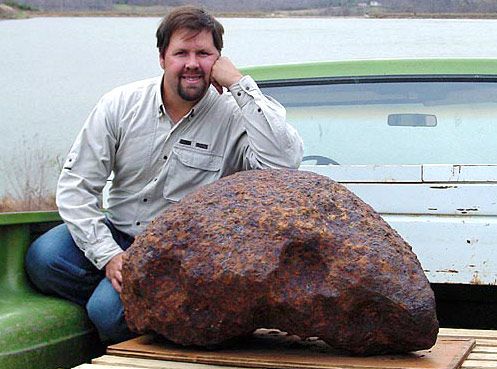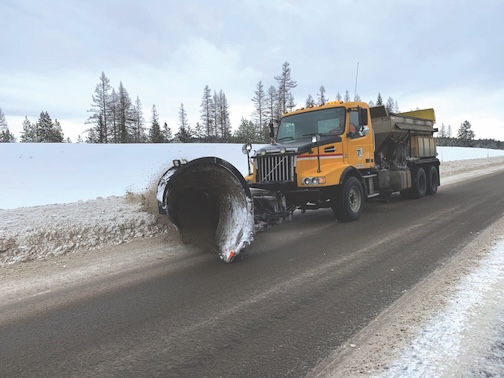Meteorite hit north of Elgin? One man thinks so
Published 3:56 pm Thursday, February 21, 2008

- Steve Arnold - Meteorite hunter
Steve Arnold, a professional meteorite hunter from Kingston, Ark., told The Observer Wednesday he believes the meteor people saw throughout the Northwest Tuesday morning hit between Elgin and Walla Walla.
Trending
This conflicts with an Associated Press report that said scientists at the University of Washington believe the meteor disintegrated above the Blue Mountains, about 25 miles north of La Grande at an altitude of about 19 miles.
Arnold is convinced that the meteor did not burn up before impact for several reasons:
• it had a steep angle of entry. This meant it had less time to burn up than a meteor coming in at a gentle angle.
Trending
• the meteor was becoming brighter when it disappeared.
“That was a sign it was breaking into smaller pieces. Ones that burn up completely fizzle out,” Arnold said.
The meteor fragments are likely dark gray to shiny black in color and smooth. They will have no air holes like lava since there is no oxygen in space and often are twice as dense as normal rocks. The size of the meteorite and its fragments could range from that of a pea to a basketball.
A 90 percent chance exists that a magnet would stick to any of the meteorite fragments, Arnold said. The magnet will have to be bigger than the type attached to refrigerators.
Arnold has determined that the meteor hit between Elgin and Walla Walla based on information from four sightings:
• one reported by the Boise Air National Guard.
• one sighting videotaped in Spokane and another taped in Redmond by a security camera.
• one from Othello, Wash.
Arnold has taken details from these sightings and via triangulation determined that the meteor landed between Elgin and Walla Walla.
A number of people reported hearing sonic booms at the time the meteor appeared. Meteors that create sonic booms often are ones that did not burn up before hitting the ground.
Arnold believes the meteorite’s pieces are spread throughout an area about eight miles long and two miles wide.
Arnold, 42, is known for things such as the discovery of a 1,430-pound meteorite buried seven feet beneath the rolling hills of Breham, Kan. Arnold has been interviewed about meteorites on CNN, CBS, the NBC “Today” show, ABC, the Discovery Channel and the PBS program “Wired Science.” He also has been featured in several Los Angeles Times articles.
Should someone find the meteorite Arnold is convinced hit this region, history would be made if it is discovered in Northeast Oregon. Four meteorites have been found in Oregon but none east of the Cascades, according to Portland’s Dick Pugh, a meteorite scientist with Portland State University’s Cascadia Meteorite Laboratory. Pugh spoke in La Grande in 2005.
He said then that the main reason no meteorites have been found in Eastern Oregon is that there are fewer people to locate them.









